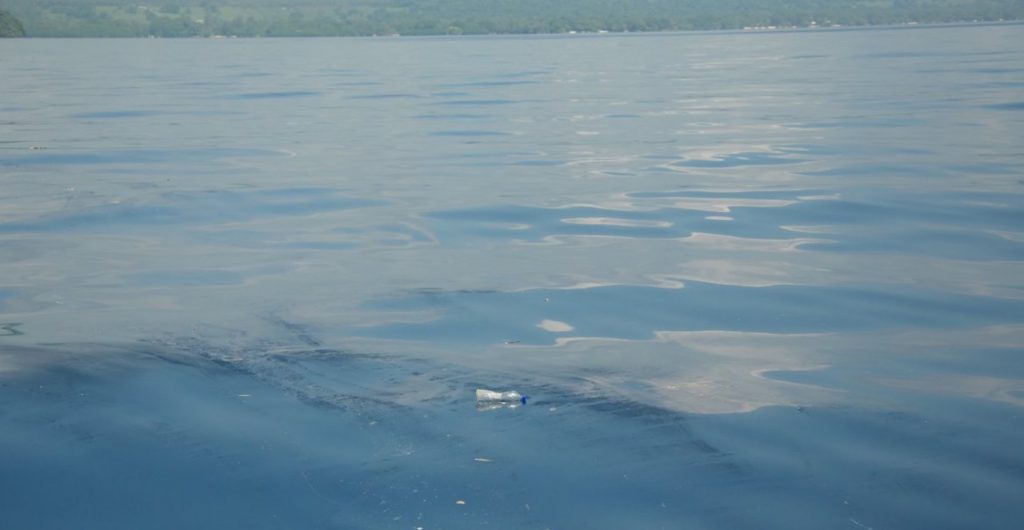Anyone consuming an average amount of seafood would ingest about 11,000 plastic particles a year
The english government is willing to reduce litter and protect wildlife with the new regime, which requires shoppers at all supermarkets and large shops to use their own bags or pay the 5p charge. England currently has a 7.6 billion high plastic bag habit – each person uses an average of 140 per year.
Scotland, Wales and Northern Ireland have had the law for years and it has seen the number of plastic bags used drop dramatically. The 5p charge is also expected to save £60 million in litter clean-up costs and generate £730 million for good causes.
Recent worldwide research estimate that about eight million tonnes of plastic waste are added to the oceans every year, estimates that 90% of all seabirds have swallowed plastic – and that by 2050, it’s virtually certain that any bird found dead will have plastic in its stomach.
One-third of the studied plastic fragments have come from the remains of bags or wrapping
In England, a series of collecting operations was carried out at six different sites by a team from Plymouth Marine Laboratory on board the research vessel, the Quest. Each being sampled once a month – an array of three large nets was lowered just below the surface and dragged through the water for 10 minutes at a time.
The most striking finding so far is that every single sampling operation in the course of the project has found pieces of plastic – usually very small, some white, some blue, but mingling fe with clouds of that vital life-form, plankton.
Back in the laboratory, the scientists reckon that roughly one-third of these plastic fragments have come from the remains of bags or wrapping.
Tests have shown very clearly that when minuscule particles of plastic are in the water, then the creatures at the bottom of the food chain do ingest them.
Remarkable video footage shows fluorescent pieces of plastic drifting near some copepods – a form of plankton – and then being sucked in by them, travelling into their guts.
The plastics can be passed up into the kinds of seafood that we might eat
And if the plastics reach that fundamental layer of the web of ocean feeding, then in theory they can be passed up into the kinds of seafood that we might eat.
Prof Tamara Galloway of Exeter University, quotes research estimating that anyone consuming an average amount of seafood would ingest about 11,000 plastic particles a year.
In order, not to make plastic packaging do not end up in the oceans, it is necessary to fight against the illegal discharge, expand sorting instructions to all plastic and develop compostable and biodegradable packaging. Only a multi-factor approach will begin to fight against this scourge of plastic pollution.



